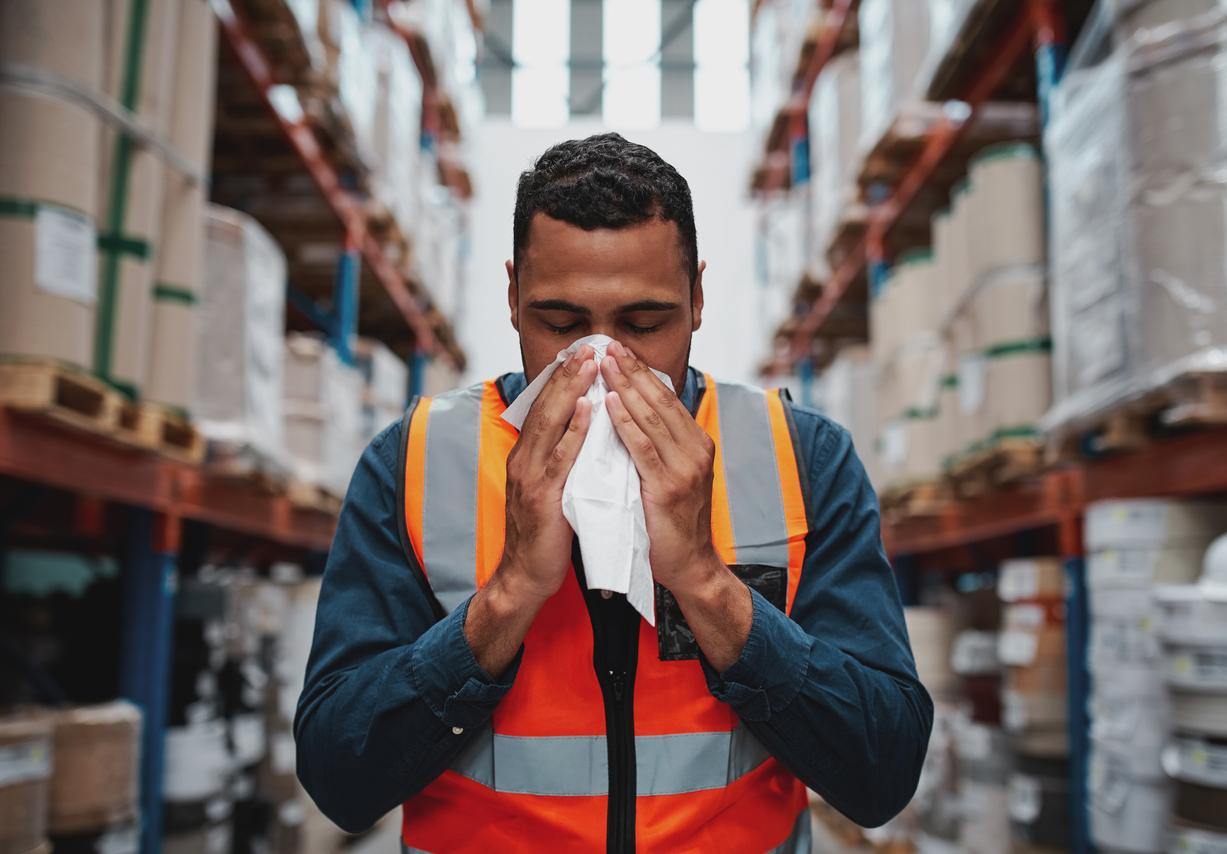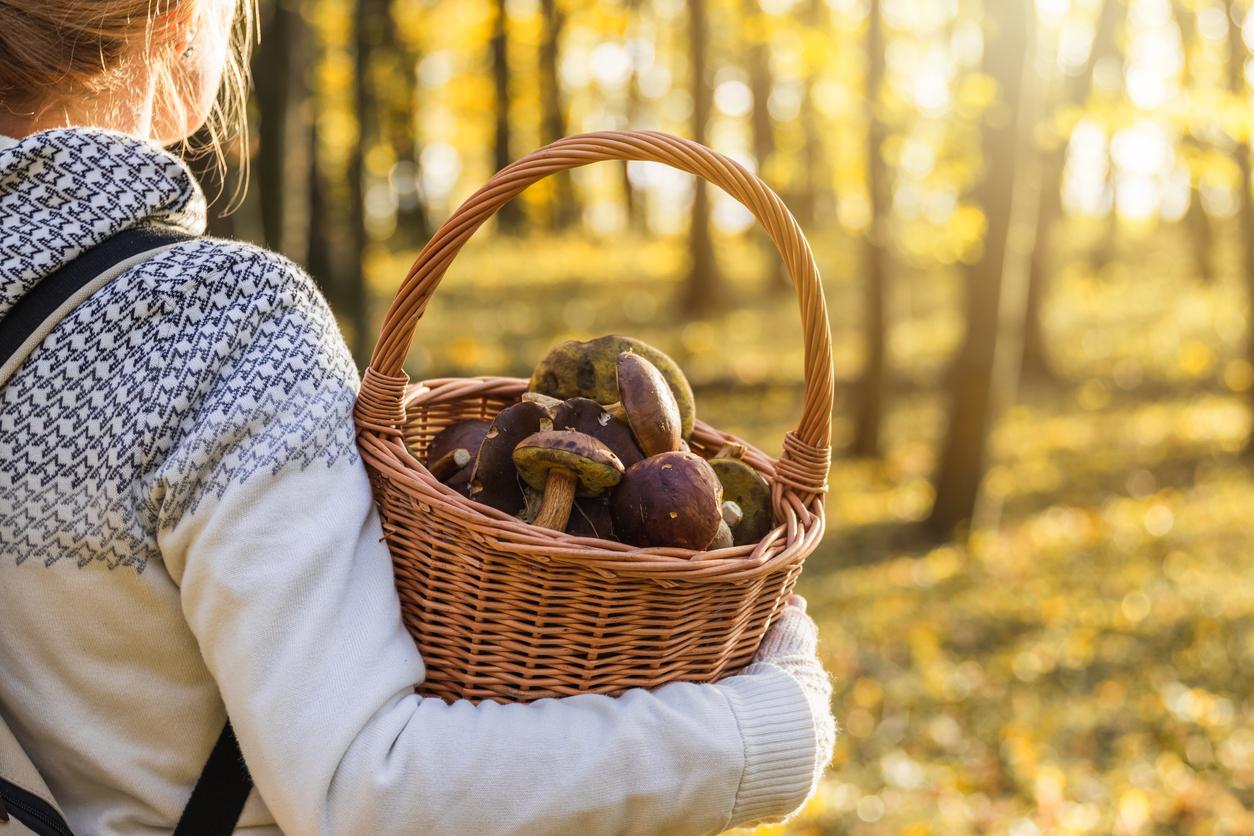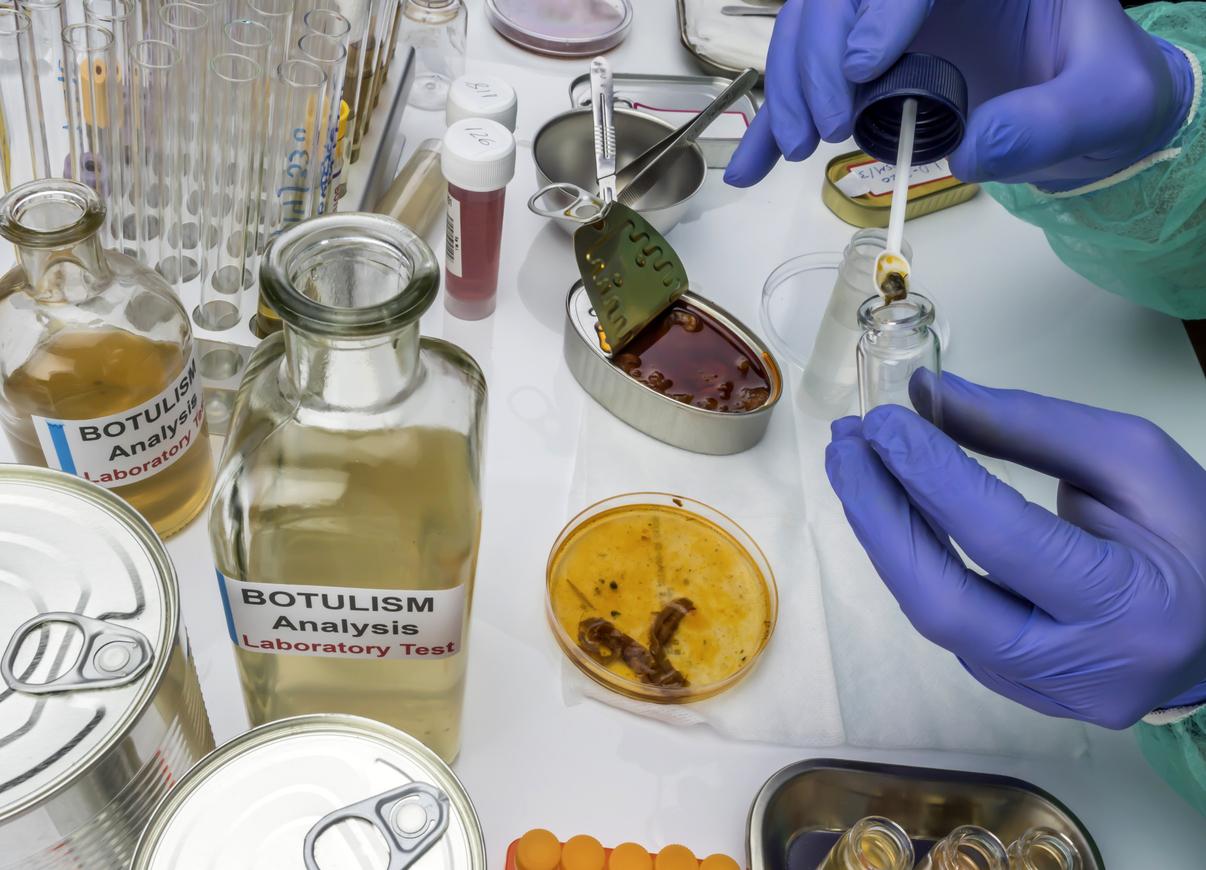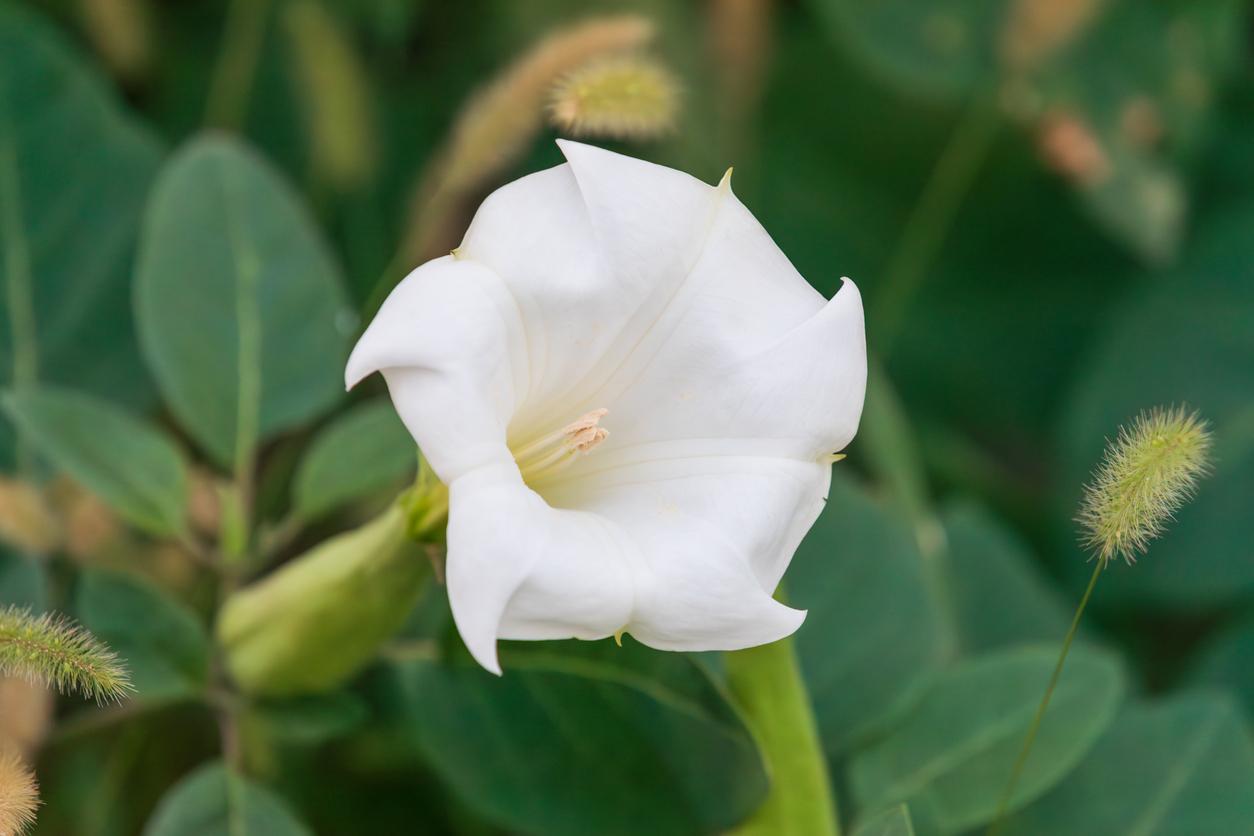ANSES warns of the risk of serious poisoning linked to excessive consumption of liquorice. It is recommended to consume it occasionally and moderately.
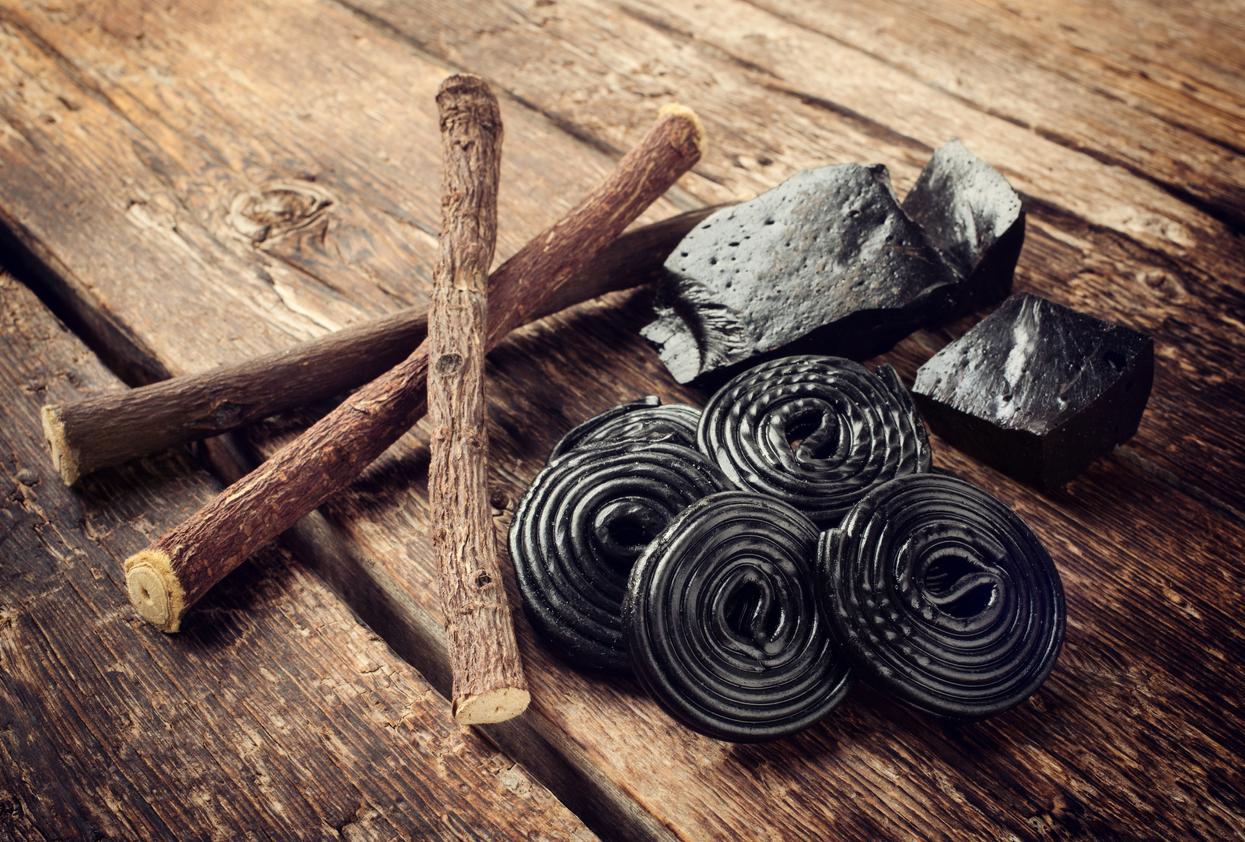
- Licorice is the root of a plant, used to flavor sweets, herbal teas or drinks.
- It contains glycyrrhizin, which can notably cause an increase in blood pressure.
- ANSES advises not to exceed 10 milligrams per day of glycyrrhizin to limit the risk of adverse effects.
Watch out for licorice! This plant is used to flavor sweets, certain drinks and as a food supplement. In a report published on March 30, the National Health Security Agency warns of the risk of poisoning. “Regular consumption of large quantities of foods containing them can lead to serious poisoning, even life-threatening, even in healthy people.warns the agency.
???? From sweets to syrups, including alcoholic beverages, #licorice is present in many foods.
Consuming it regularly and in large quantities can lead to serious poisoning that can be life-threatening. https://t.co/cXQVoQDp6p— Anses (@Anses_fr) March 30, 2023
Licorice poisoning: a very common root in the diet
Licorice comes from a plant of the same name. “Licorice extract is obtained from the roots of licorice, which, when dried, can be chewed as a delicacy, specifies ANSES in its report. Glycyrrhizin is the most abundant component of the root.” Licorice is used because it has an important sweetening power, and also acts as a flavor enhancer, this means that it increases the perception of flavors in a food. “It is used in many sweet products (confectionery, chewing gum, snacks, bakery products, ice cream and sorbets) to enhance their sweetness, savory products (as a softener), cocoa-based products (as a flavor enhancer), soft drinks and syrups, alcoholic drinks based on liquorice extracts (pastis, ouzo, raki, sambuca…), non-alcoholic pastis, beers or food supplements“, develops the agency.
One death reported in an adult “with severe liver damage”
According to this report, many adverse effects are linked to the consumption of licorice. By compiling 402 scientific articles, ANSES specialists found that 12% of side effects linked to the consumption of plant food supplements or plant-based products were linked to the presence of liquorice. “Glycyrrhizin induces pseudo-hyperaldosteronism”, says ANSES. This term designates an excessive production of aldosterone, a hormone, which is manifested by a loss of potassium in the urine, which leads to the retention of sodium, water and an increase in blood pressure. This process is related to the inhibition of a specific enzyme.
“The study carried out over the period 2012-2021 by the Agency in conjunction with the poison control centres, reveals that 64 people were poisoned following the consumption of liquorice-based drinks or foods, explains ANSES. In 42% of cases, they presented serious symptoms: high blood pressure, heart problems caused by too high a potassium level in the blood, etc., sometimes going so far as to threaten their life. One death has been reported in a person with severe liver damageThese side effects can occur in otherwise healthy people, and can be aggravated by certain drugs, such as diuretics. According to ANSES, inhibition of the enzyme persists for two weeks after stopping consumption. but “the return to a normal physiological state of the organism requires two to six months”.
Licorice poisoning: how to limit the risk of serious adverse effects?
The health security agency recognizes that it can be difficult to determine whether consumption is excessive, insofar as the maximum recommended daily amount is rarely mentioned. “In the current state of knowledge, the Agency recommends consumption not exceeding 10 milligrams per day of glycyrrhizin, taking care not to multiply the sources of intake through food, drugs or tobacco products, advise these specialists. Finally, it is advisable to avoid continuous consumption of products containing licorice.










